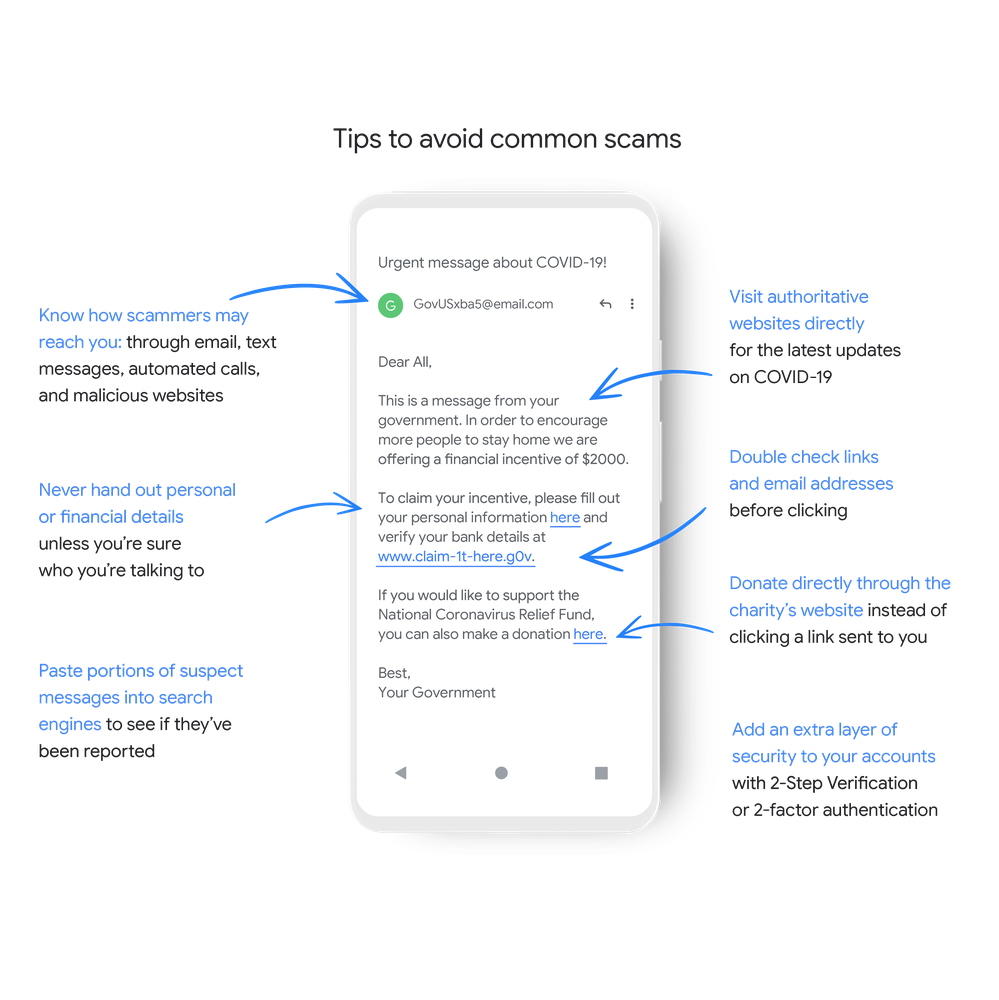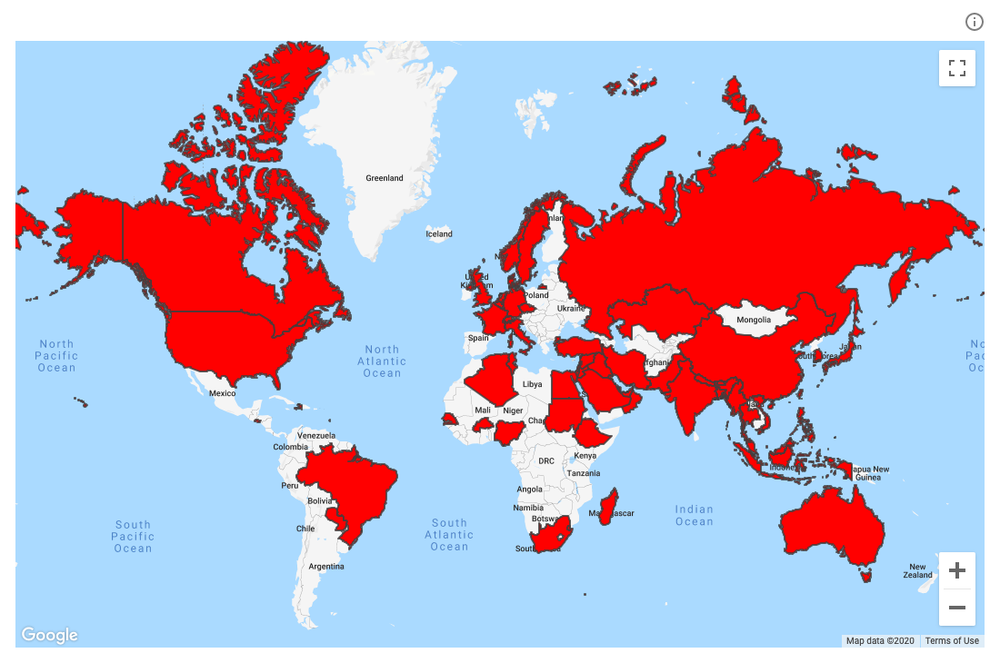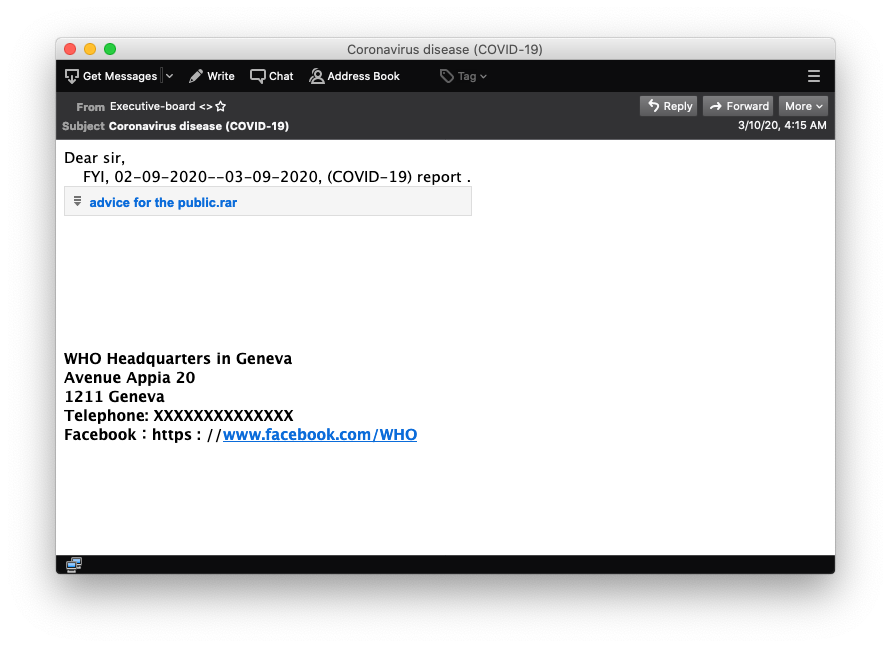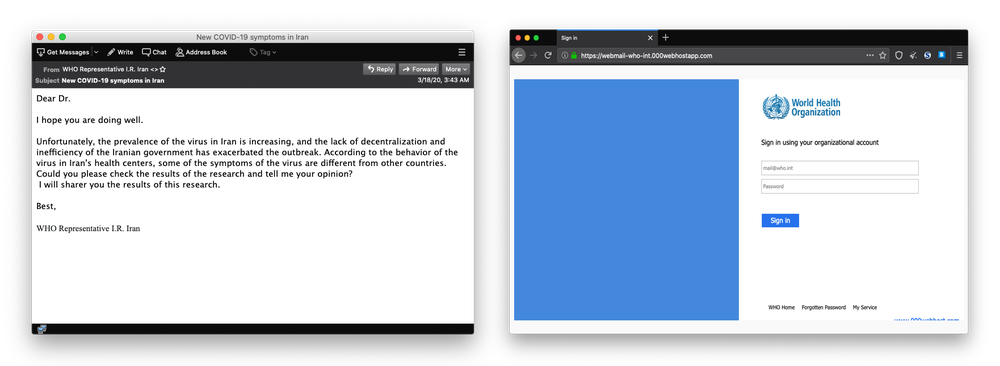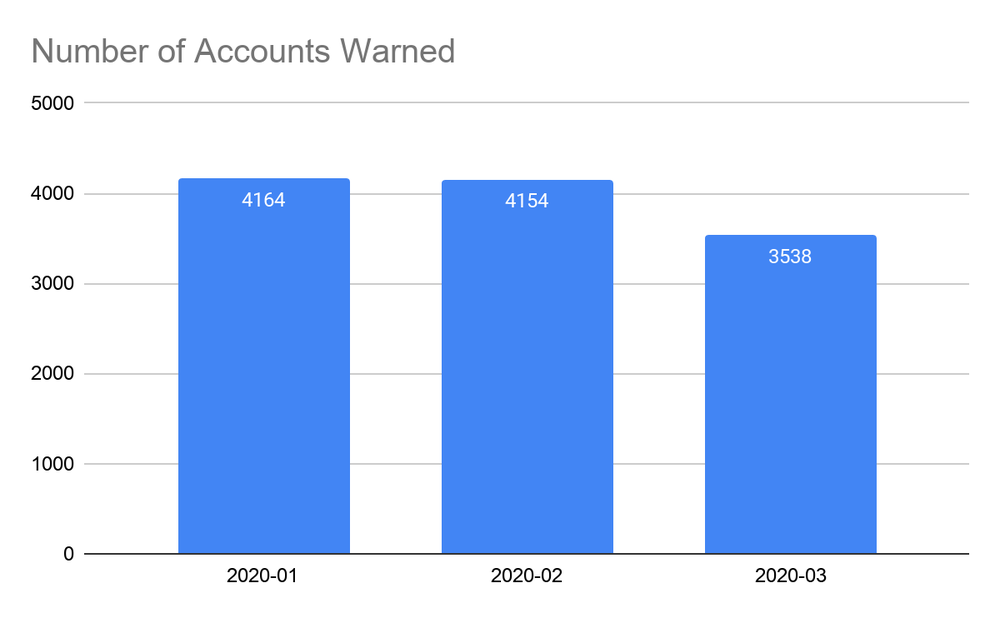According to the Federal Trade Commission (FTC), people reported $1.9 billion lost to scams in 2019. Every minute, more than $3,600 disappeared from wallets and bank accounts in response to made-up stories of urgently overdue tax payments, bogus contest winnings, or a smooth-talking online suitor who suddenly needs some gift cards. A high-pressure phone call or exciting message can overcome many people’s judgment, especially if they are caught at a vulnerable moment.
As the record-high scam reports keep coming, we’re providing support to the Cybercrime Support Network to help people identify scams before they fall victim to them through a new program called Scam Spotter. It simplifies expert advice with three golden rules—remember to refer to these rules when you receive a suspicious phone call or message to figure out if it’s a scam:
- Slow it down: Are they telling you it’s urgent? Take your time and ask questions to avoid being rushed into a bad situation.
- Spot check: Are they claiming to be from a specific institution? Do your own research to double check the details you’re getting.
- Stop! Don’t send: Are they asking you to go to the store and get gift cards? If you think a payment feels fishy, it probably is.
Just because COVID-19 has disrupted everyone’s life, it doesn’t mean the scammers have taken a break. In fact, scammers have exploited the pandemic with alarming speed, taking advantage of fear and uncertainty. More than $40 million in fraud losses have been reported to the FTC related to a myriad of COVID-19 complaints. While the stories are new—invented stimulus packages, phoney charities, romantic interests who now have an uncle in the ICU—the same three golden rules apply equally well:

While people ages 25-40 are most likely to be scammed, research shows it’s seniors who stand to lose the most, with their median losses more than double the average. As one of the architects of the Internet and an executive sponsor of the “Greyglers,” an internal group that promotes awareness of age diversity and issues related to age, I feel obligated to try to help my fellow Americans stay safe. It will take a cross-generational effort. Please consider sharing ScamSpotter.org the next time you talk to the seniors in your life. Maybe you can both take the quiz and compare your scores, too.

If we learn how to spot the bad actors, we can spend our time focusing on those moments that matter. And to the seniors out there, remember: of course the Internet is for us, we invented it!
